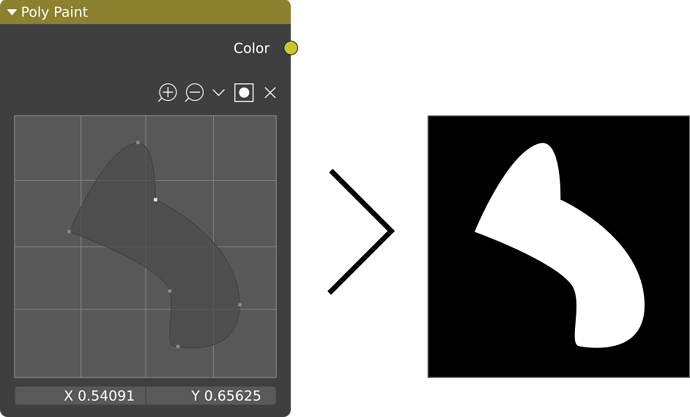Thanks for your inputs everybody. But to be honest, this is not how I wanted the discussion to go. Our point of discussion should be limited in scope to actually get something out of it. Currently, I would like our discussion to be limited to procedural textures, the topics and questions I described in the discussion document, we will get to other areas later.
@ogierm A base texture for creating scratches is something we are missing indeed. I am not sure yet how we should handle this, so I will definitely look into it. Something that should help us solve this is a sampler-evaluator system, I will come back to this later. Regarding the geometrical patterns, those should be easy to create using math nodes and can be bundled in a node group, do you think it is worth adding as dedicated node? Also, if we are to add that, then it should probably have its own node.
@wo262 This should also be handled using a sampler-evaluator system. Again, will come back to this later.
@AlanNoble Alright, that’s why we are discussing this. Let us know more precisely what kind of textures you want.
@Thatimster I don’t think blurring/sharpening and kernel operations are feasible. Random dots and line noise are though, and they will be considered.
@irfan Isn’t this what pointiness is?
@Hadriscus Also related to the sampler-evaluator system. Will come back to this later.
@SimonStorl-Schulke I think Brecht said we won’t be doing this.
@aryeramaty I get what you mean. I also think something like this would be very helpful, especially since color management destroy any idea we have of values.
Also, please excuse me right now as I have my final exams to worry about. I will be more active as soon as I finish.
 Good luck with your exams
Good luck with your exams 
![SCATTr - Procedural Texture Placement [Blender Presentation]](https://devtalk.blender.org/uploads/default/original/3X/f/a/fab4b97912101290863441e6029045201f8714b8.jpeg)

